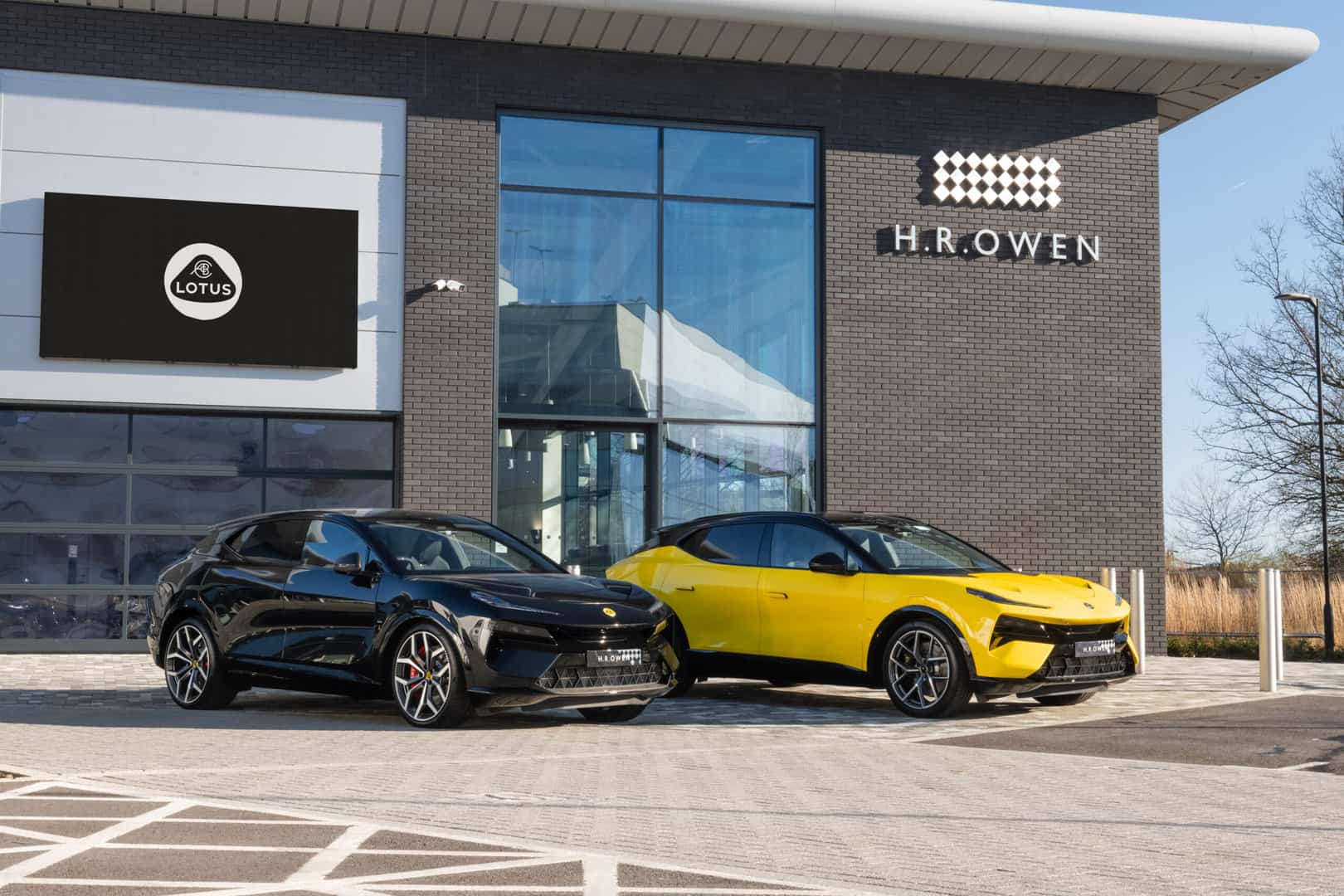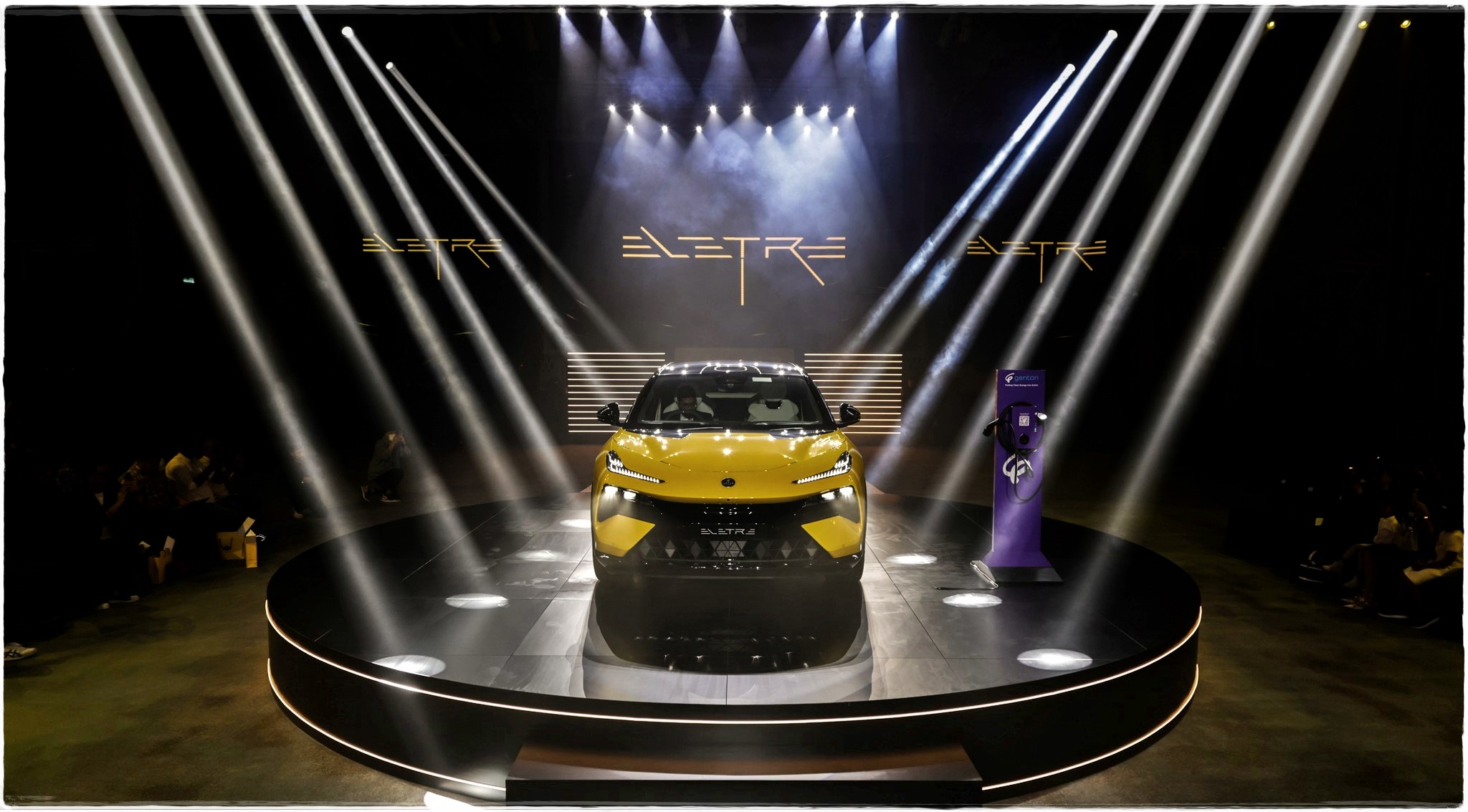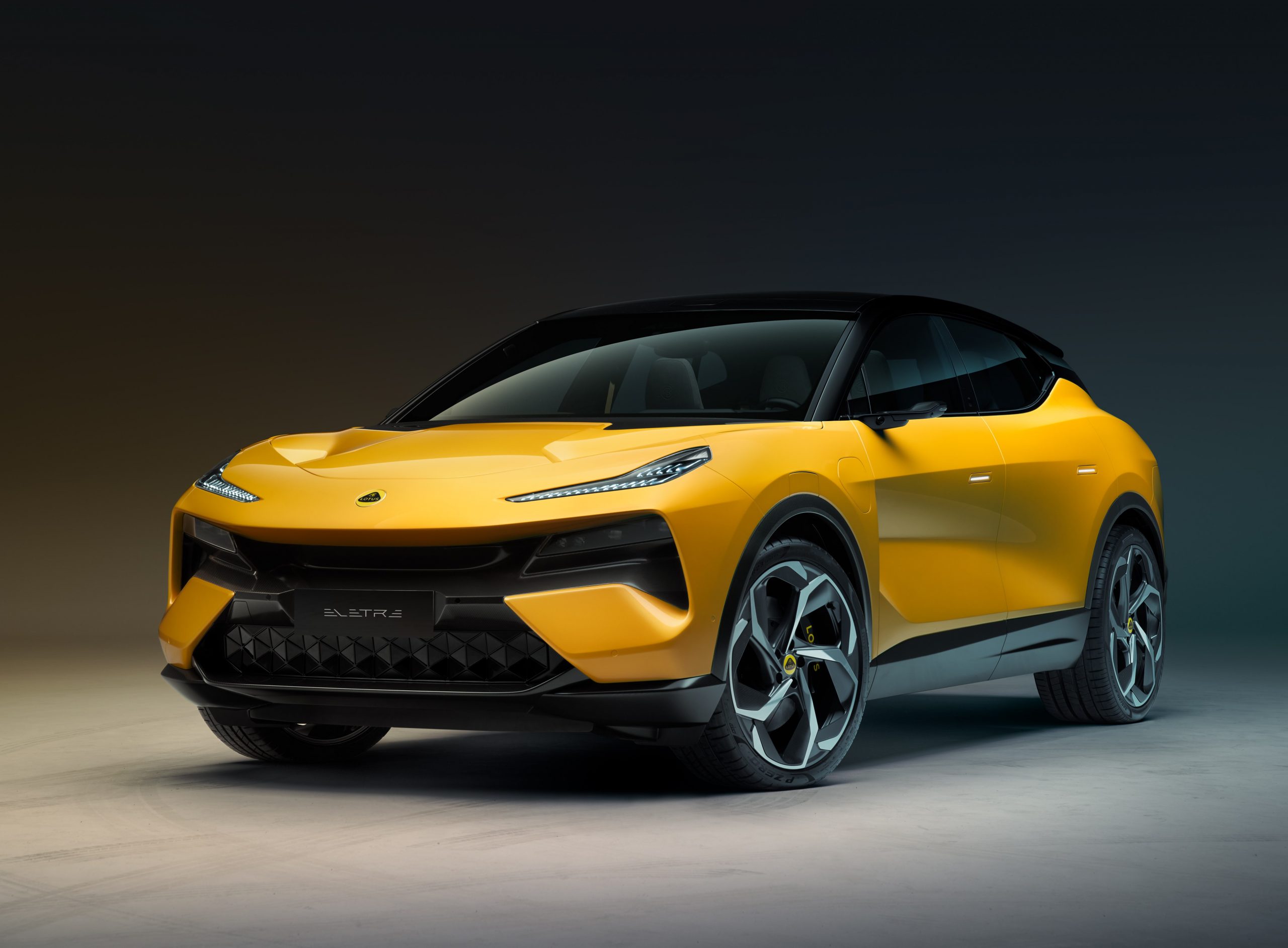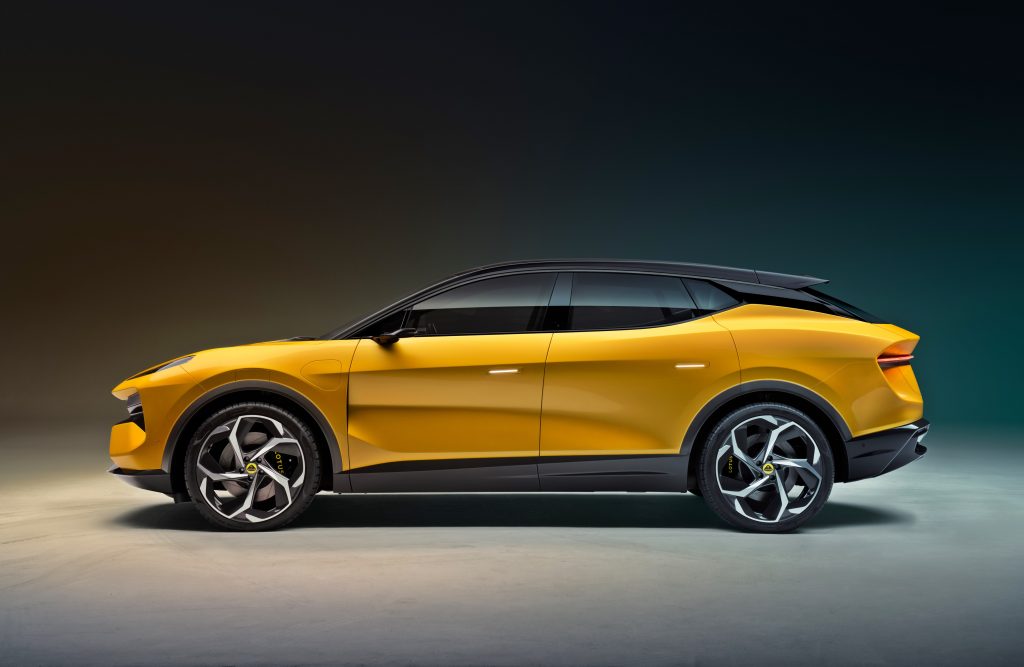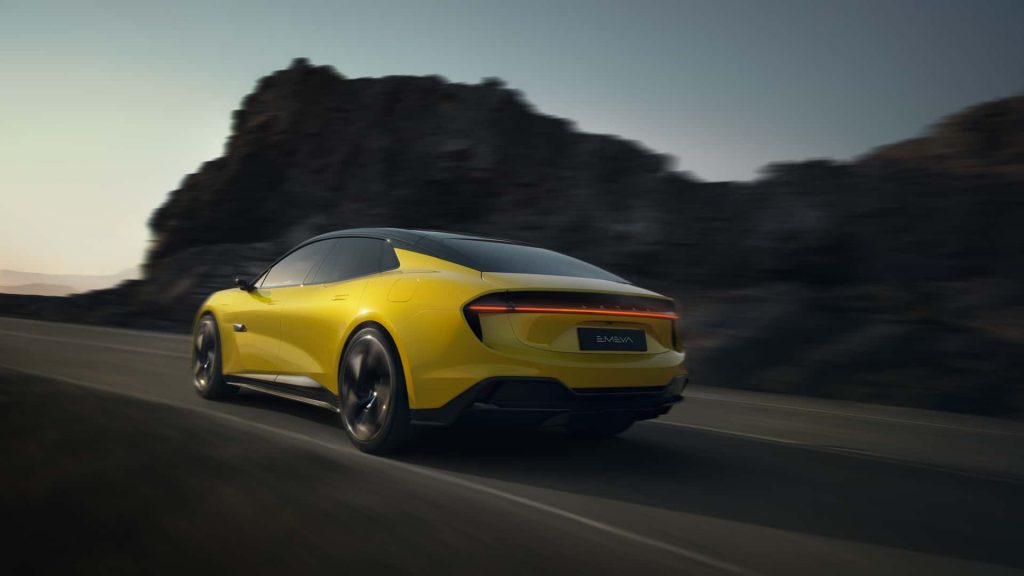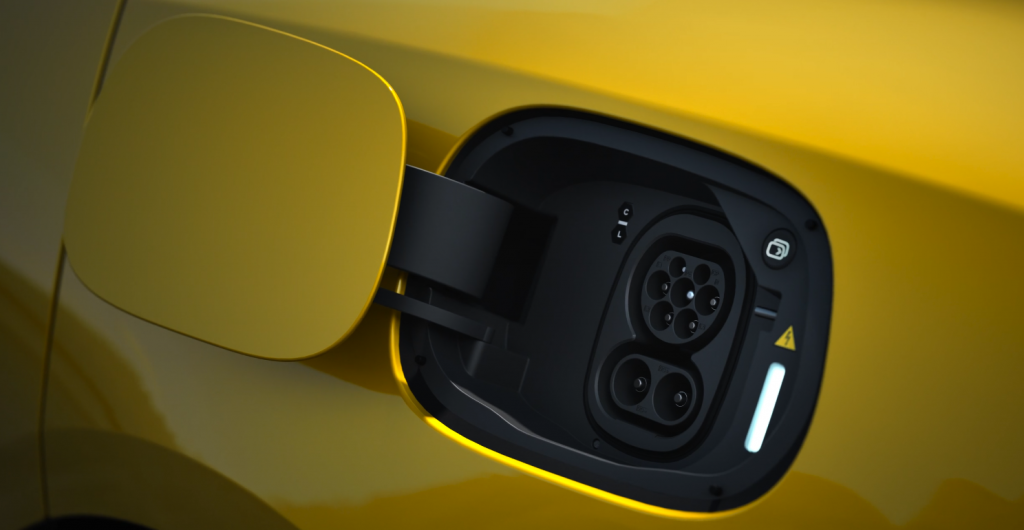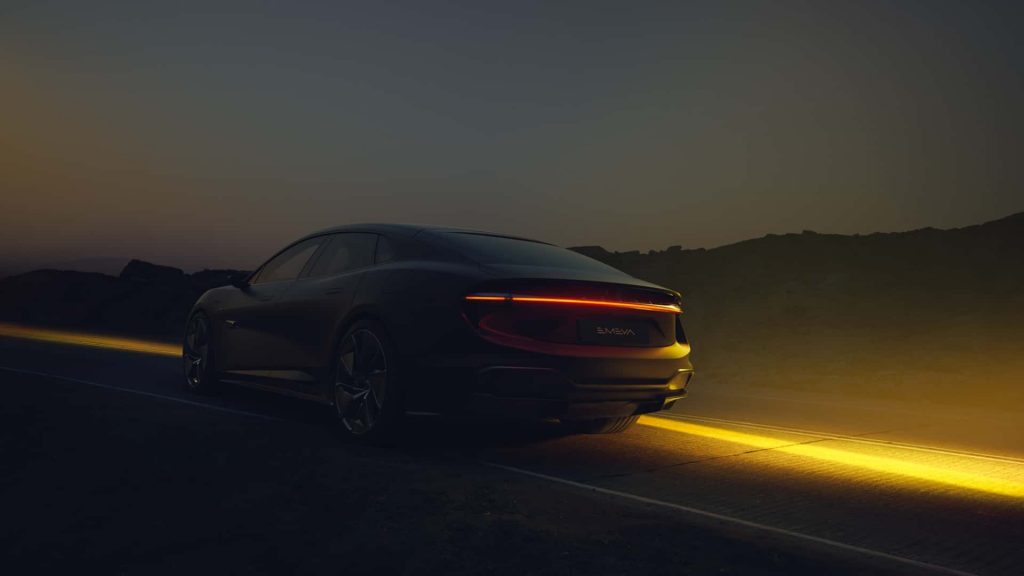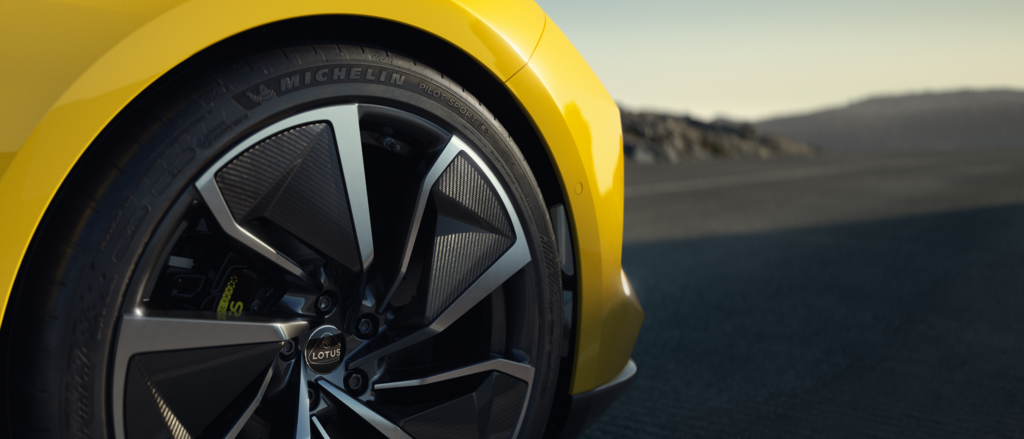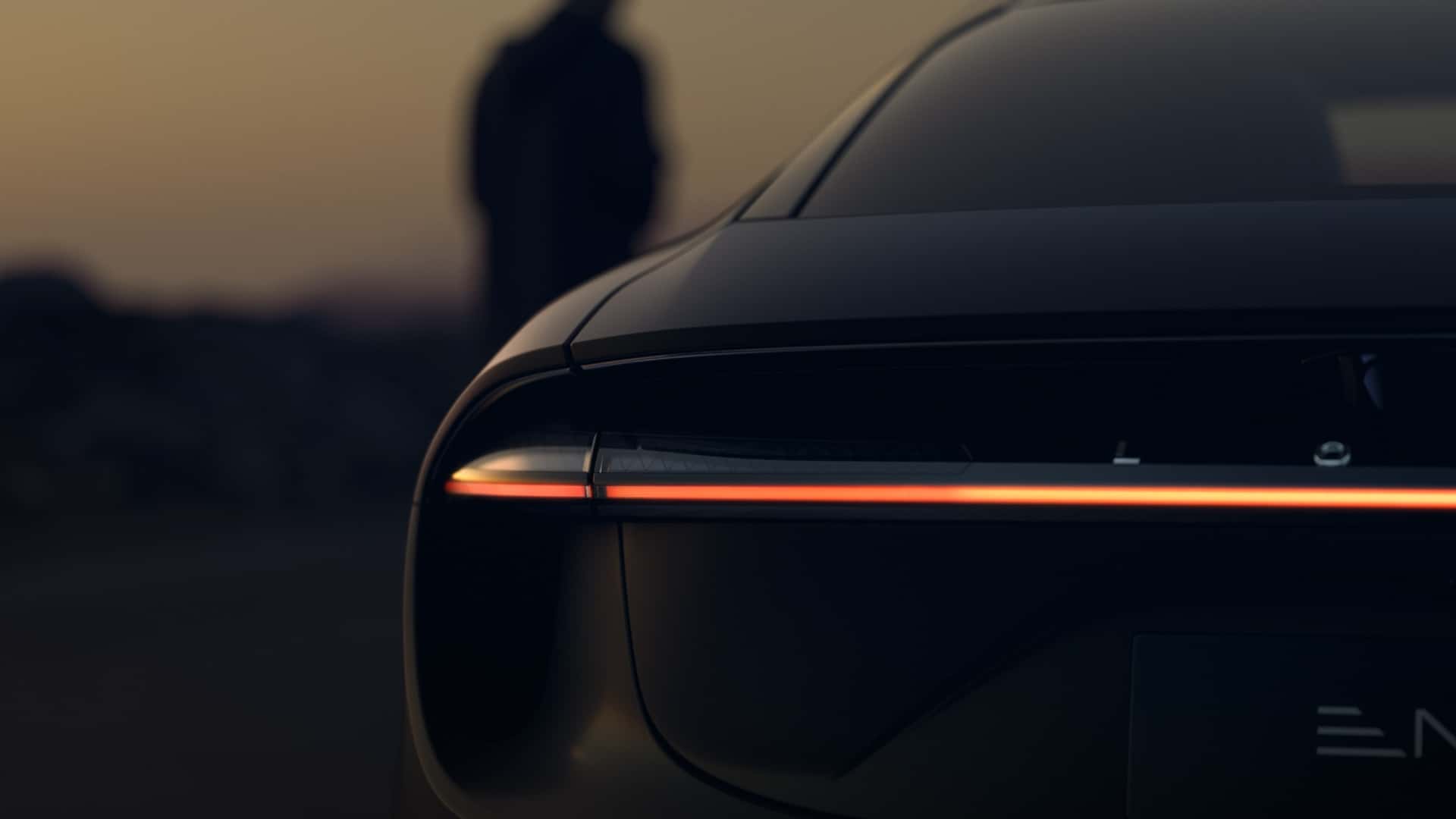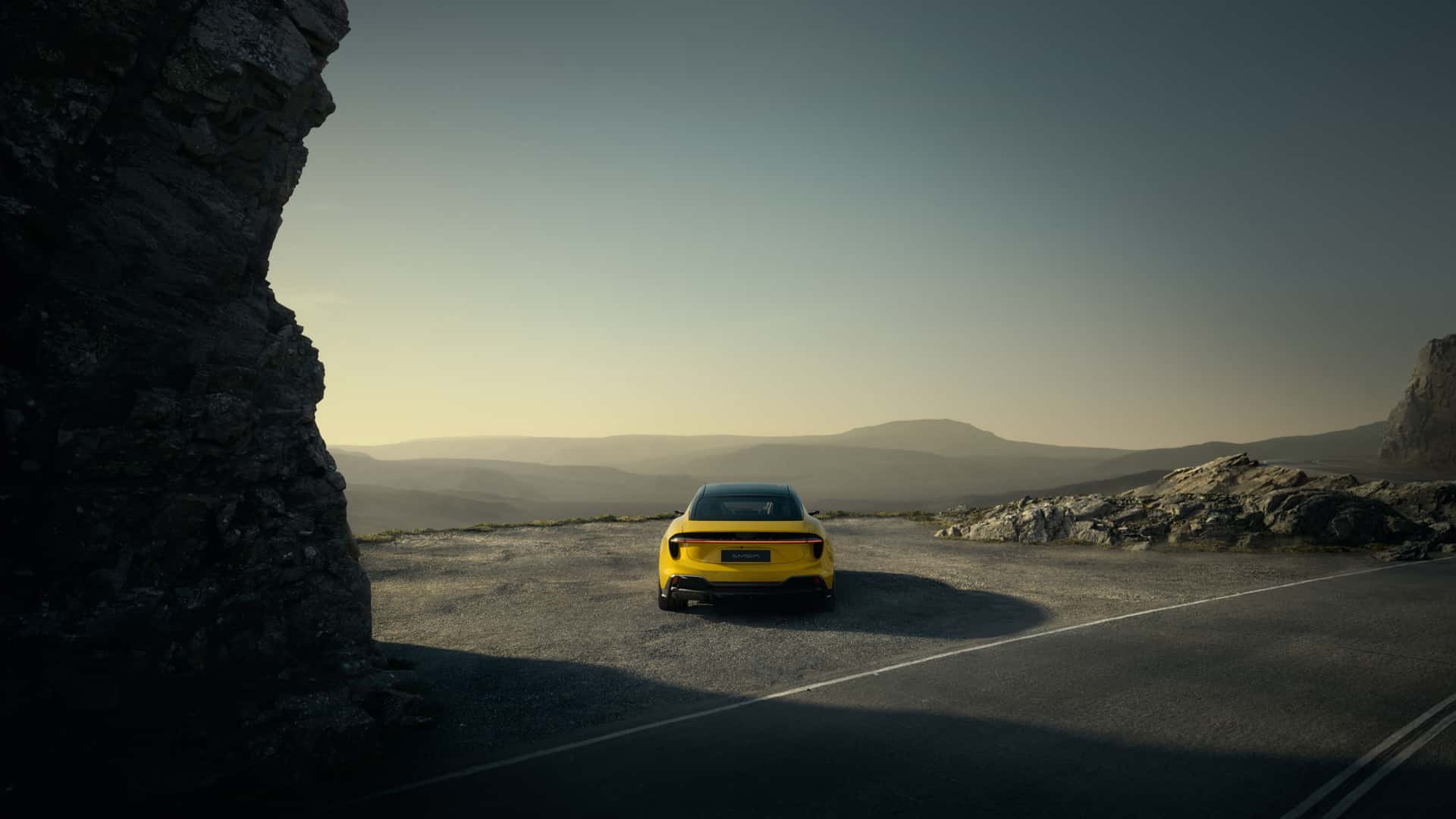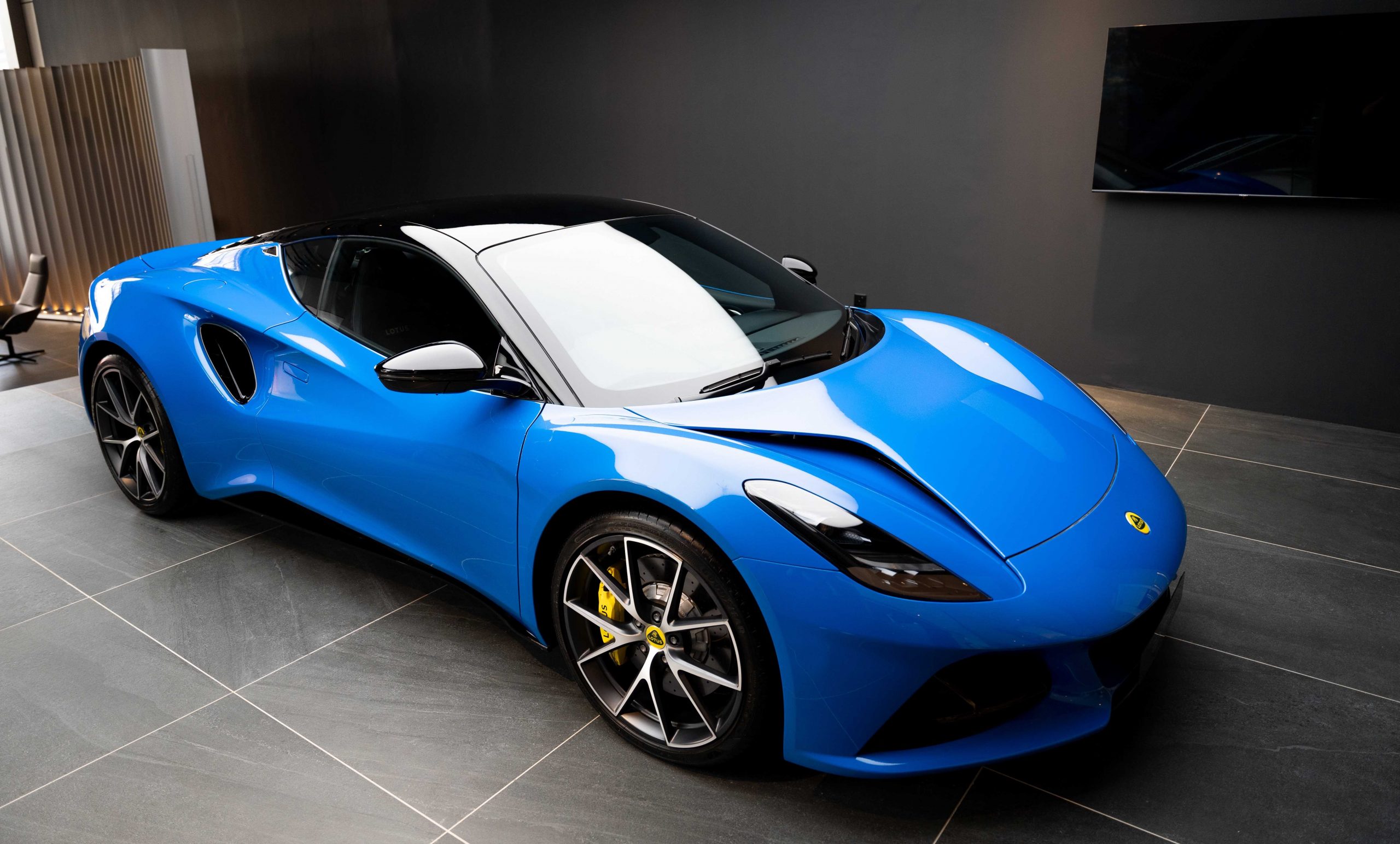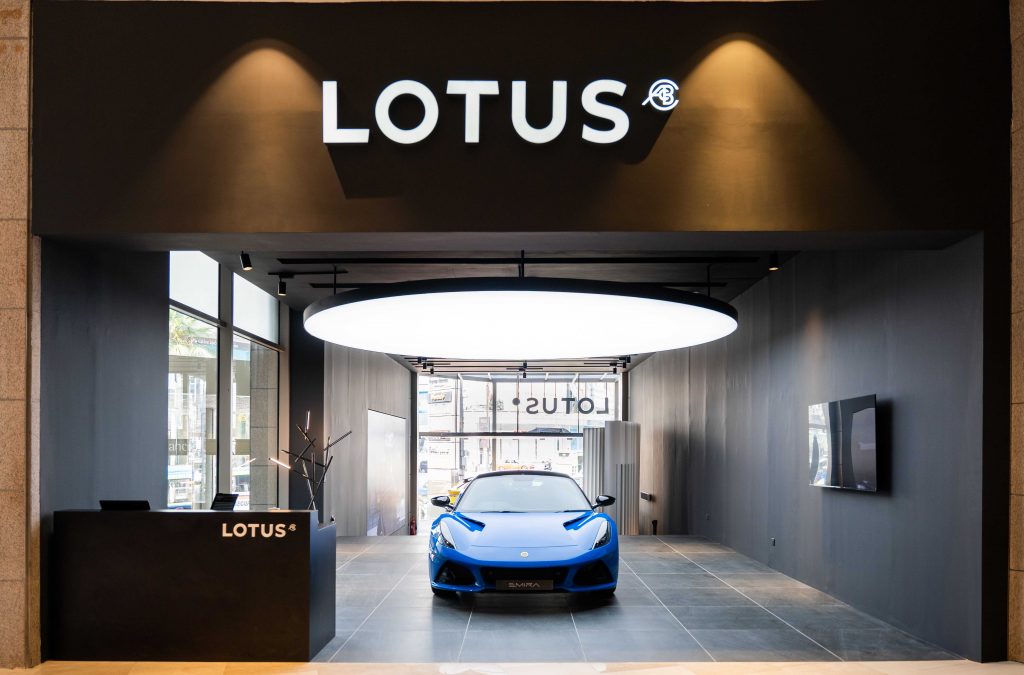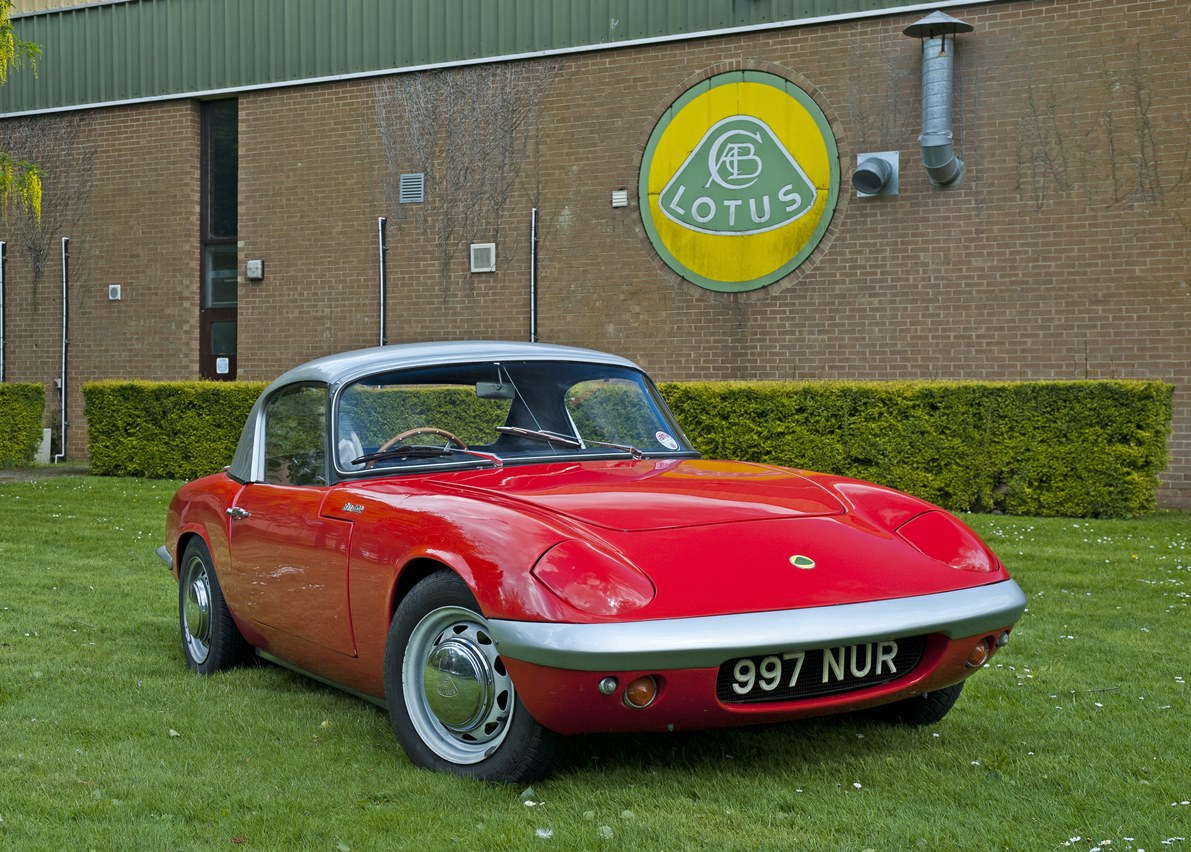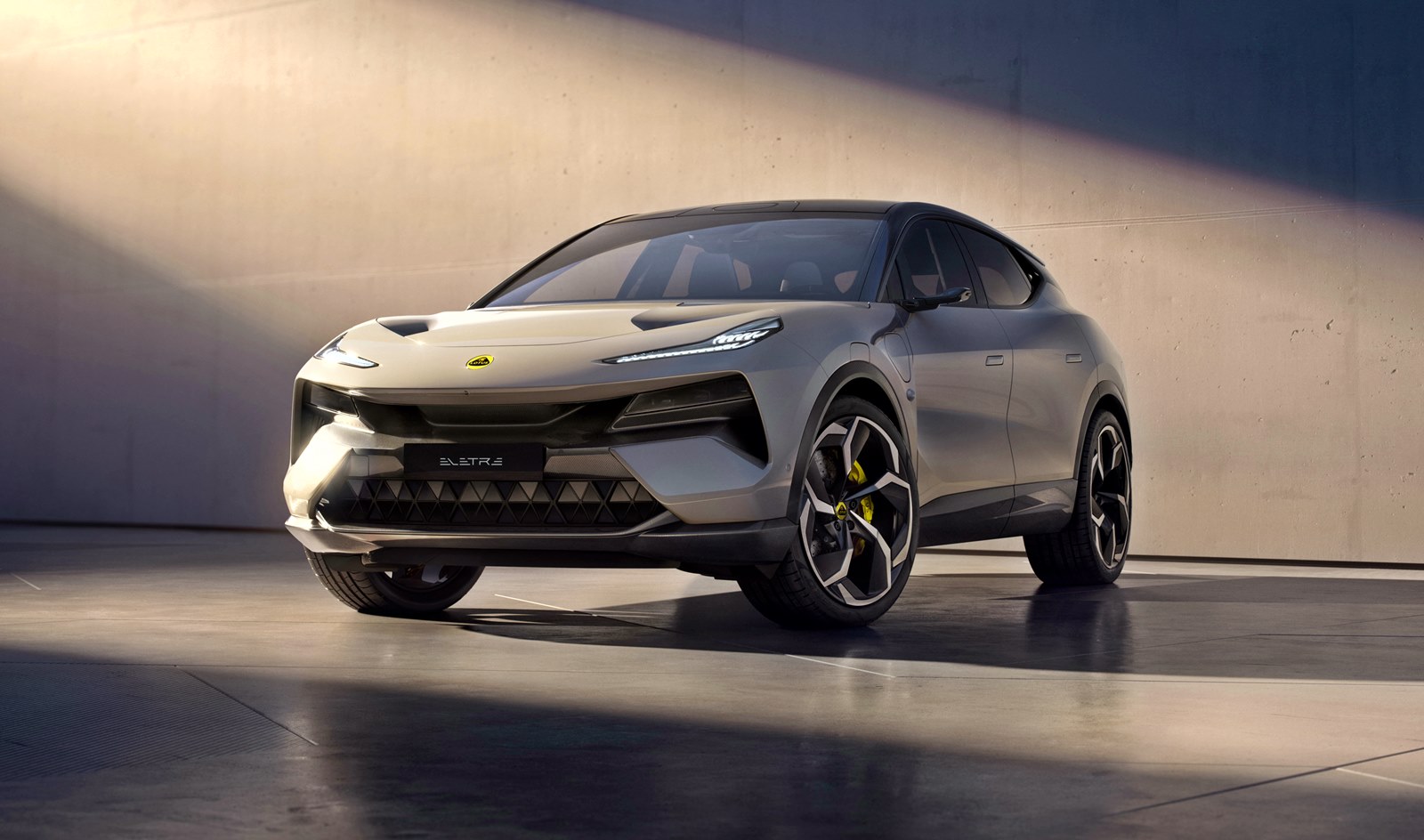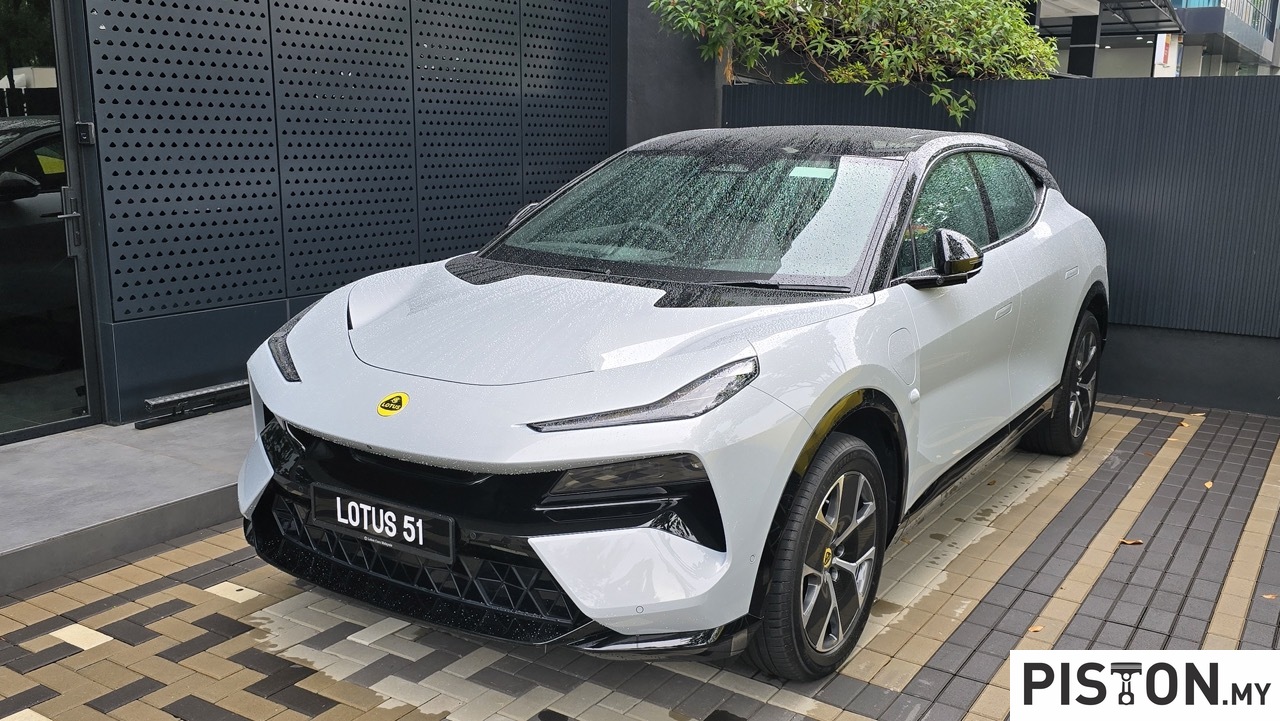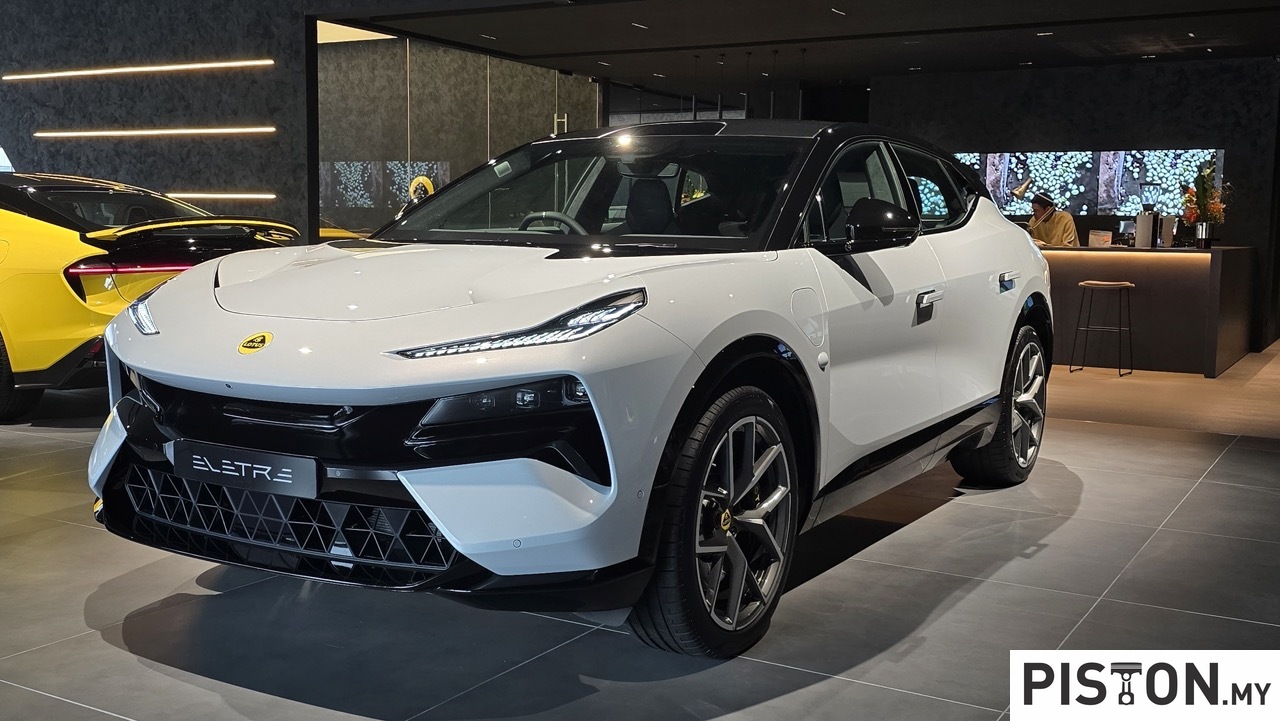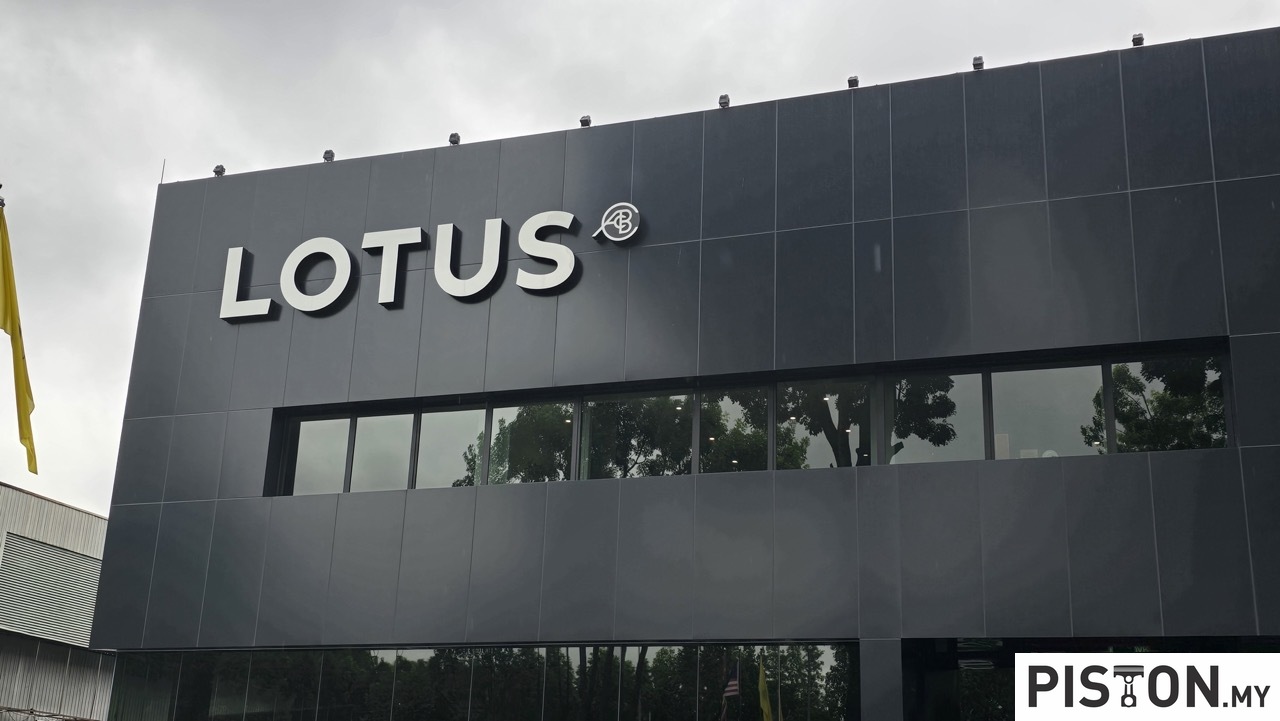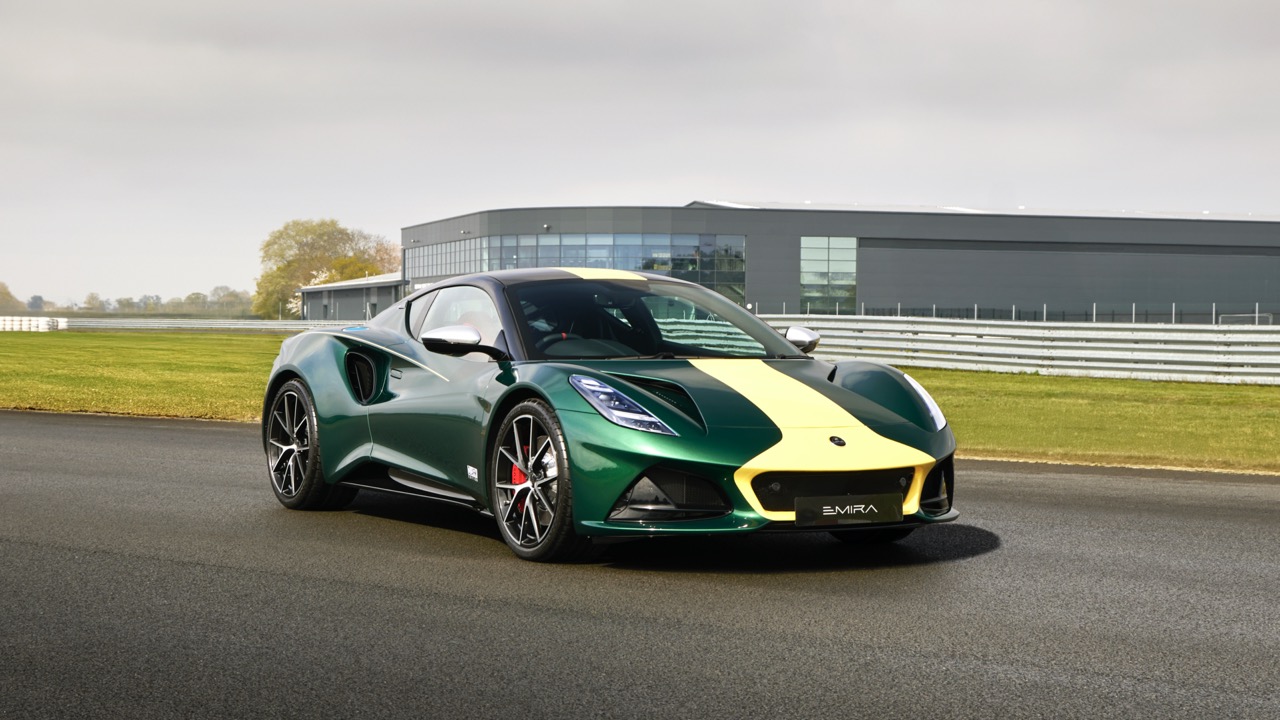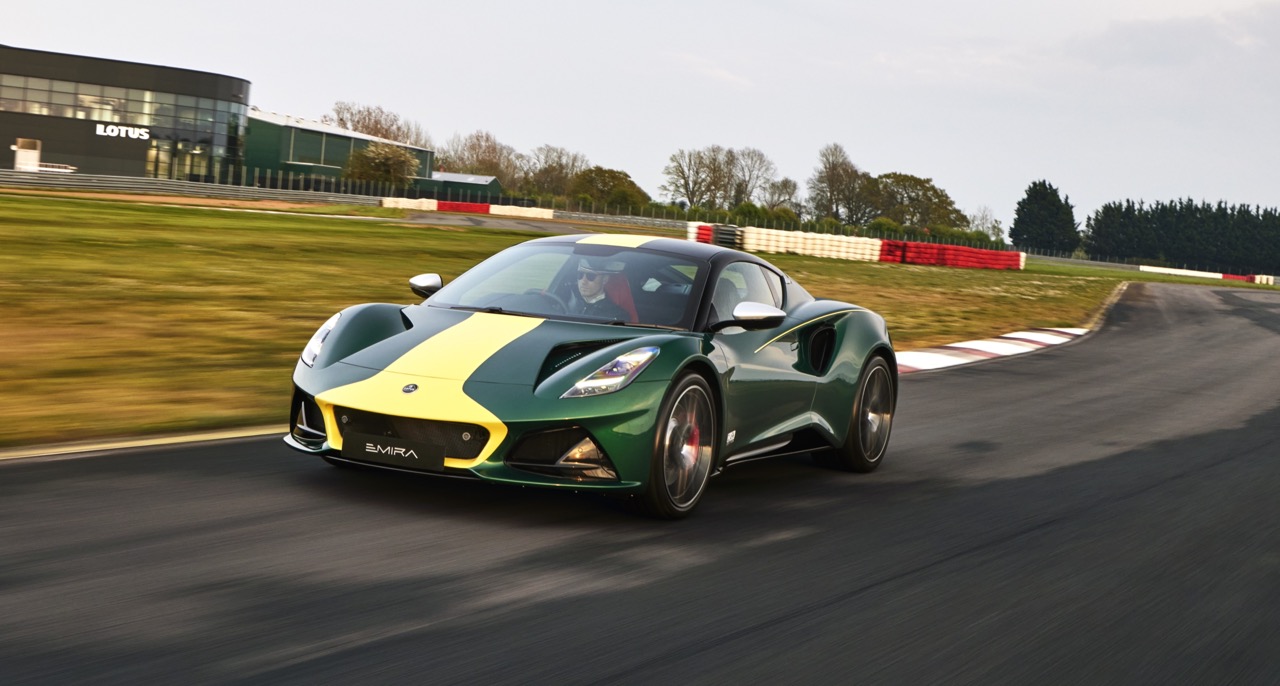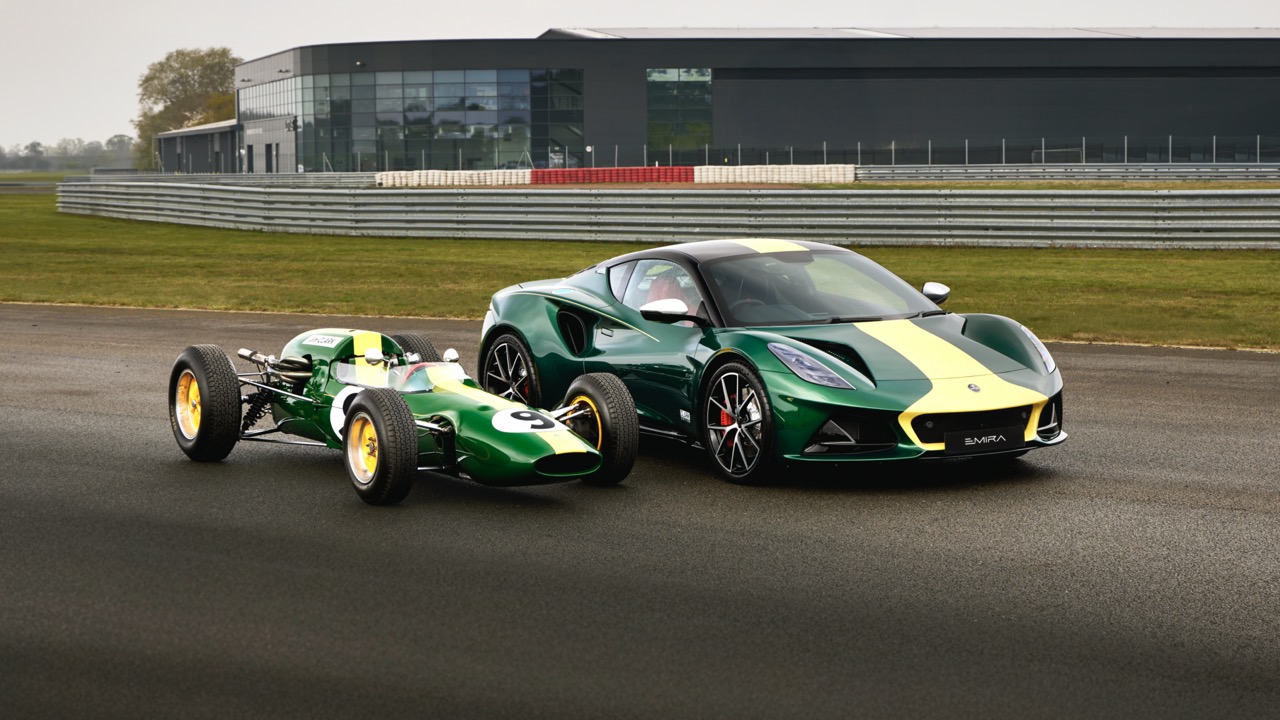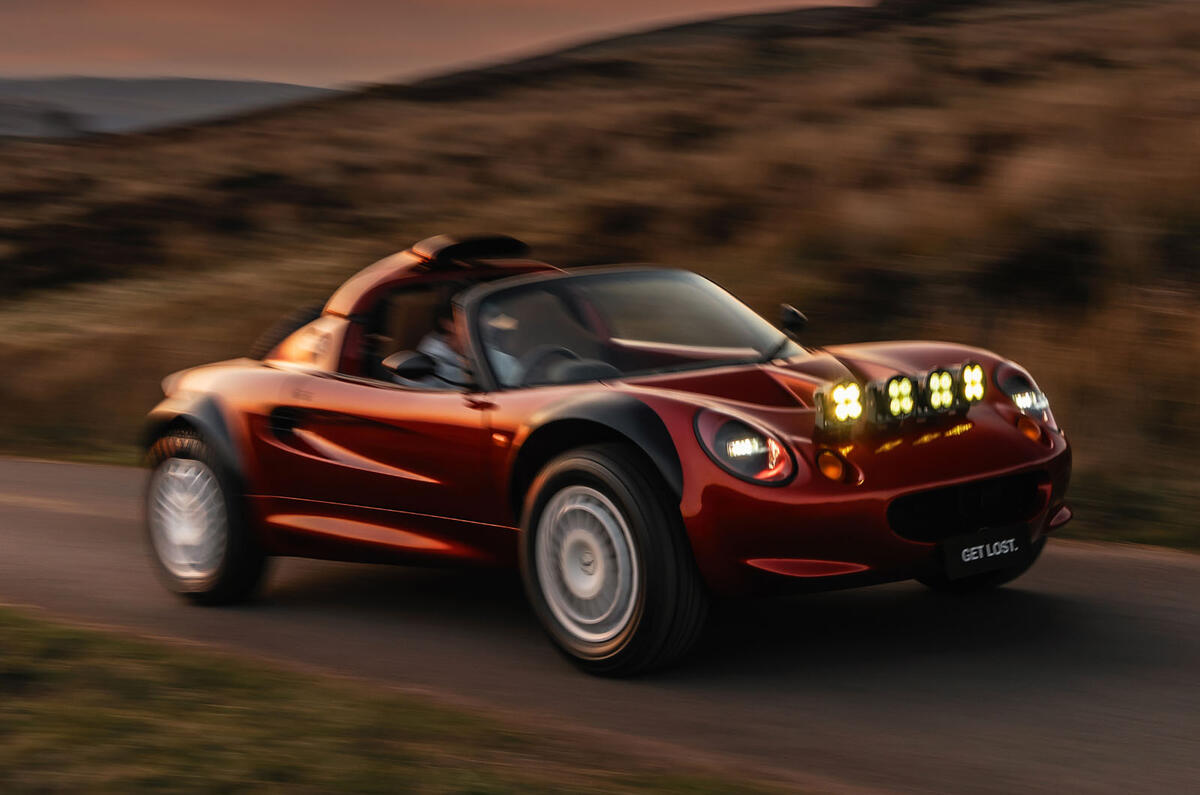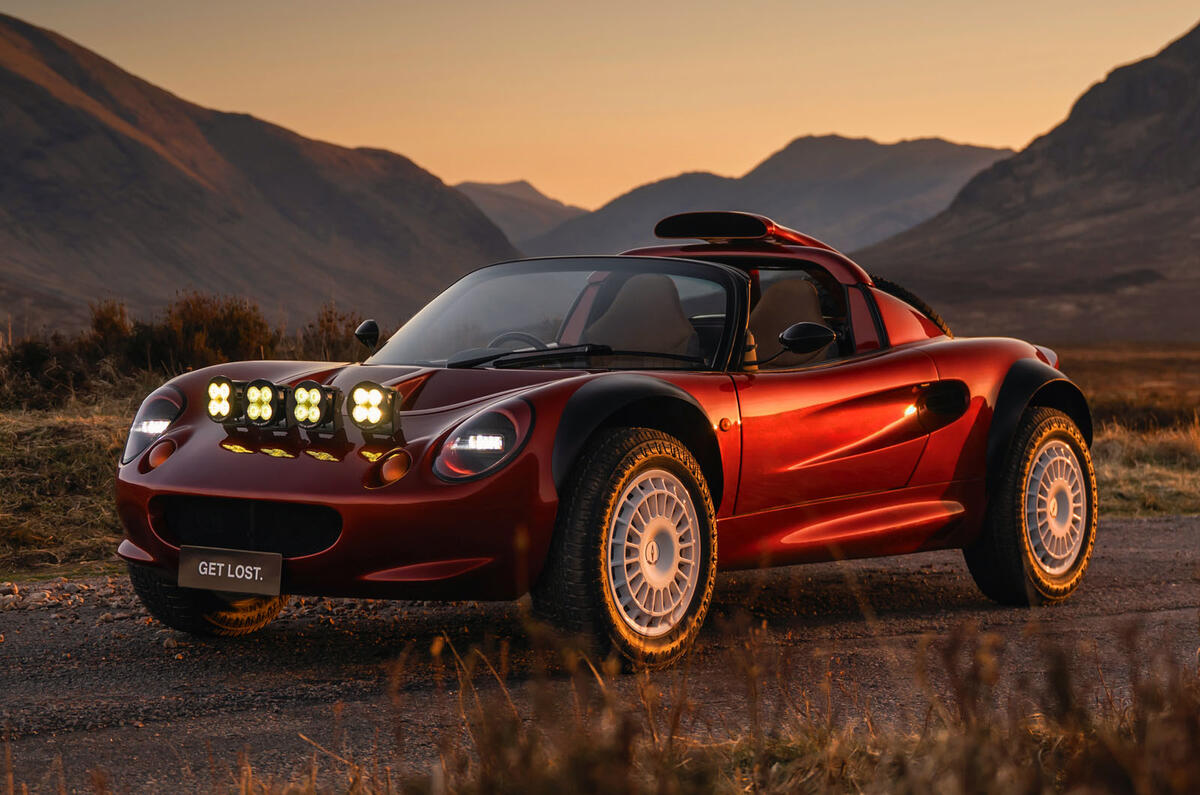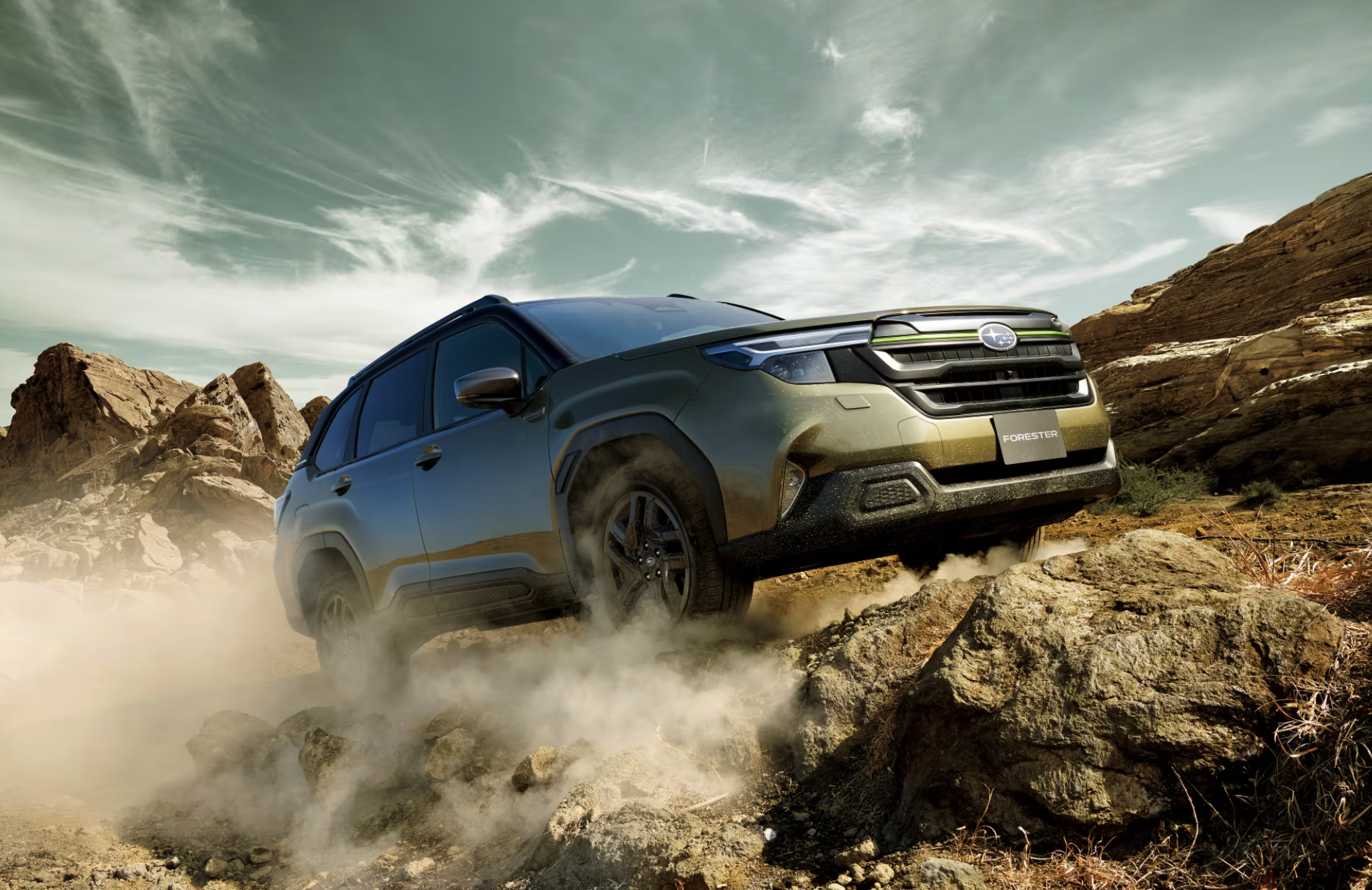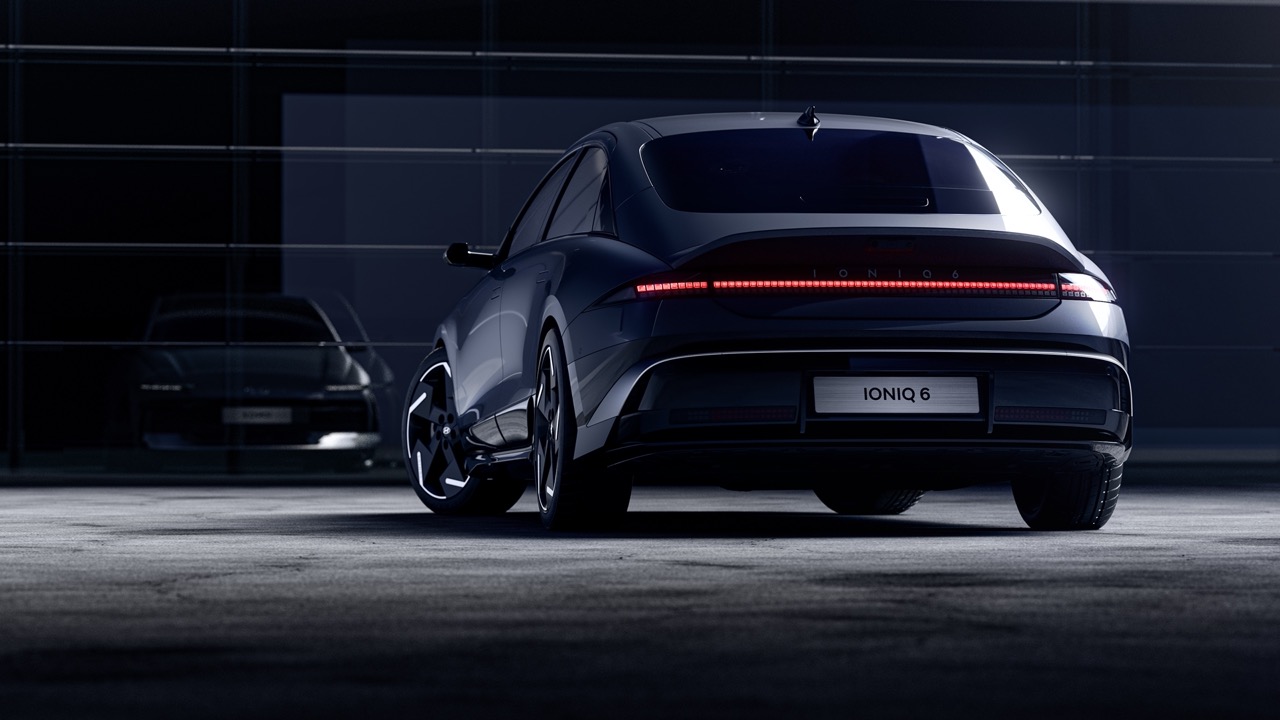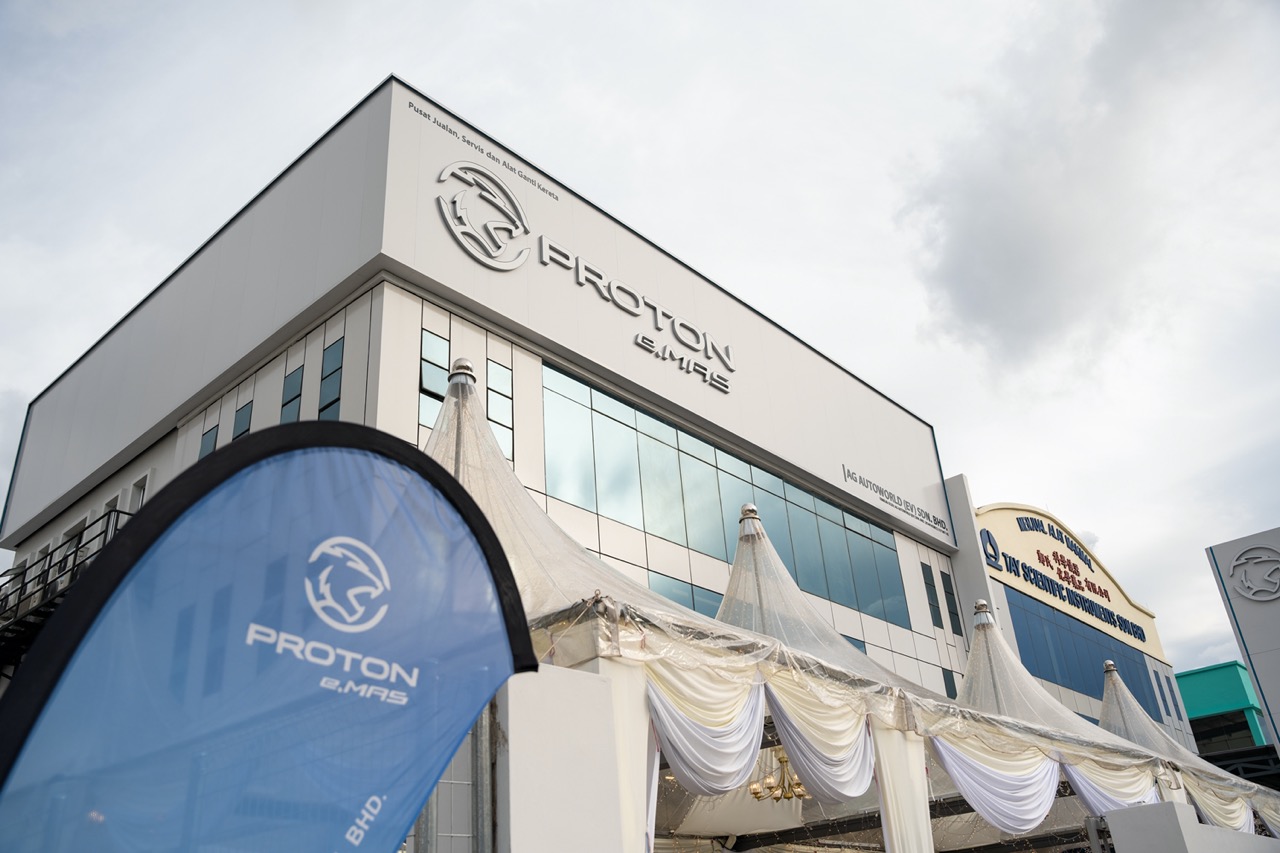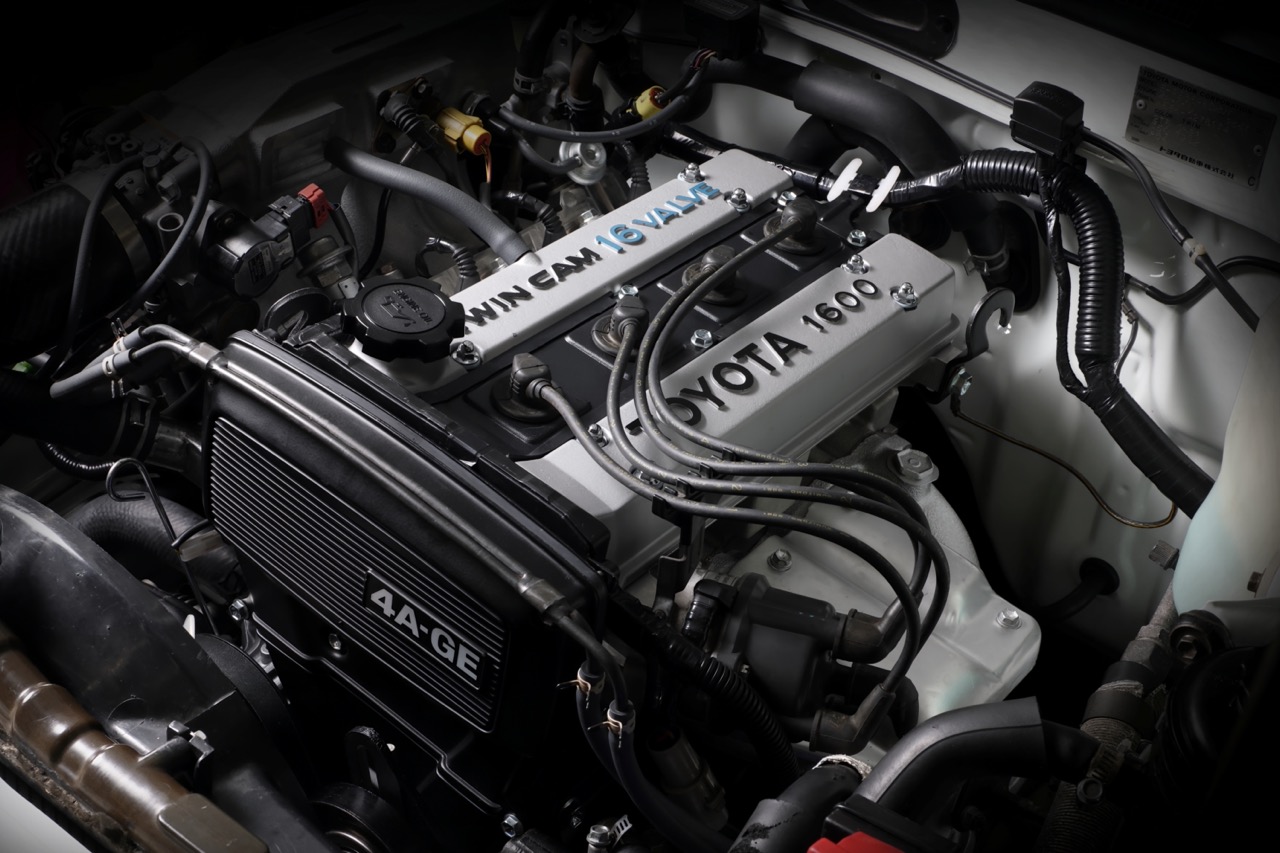Kumpulan pengedar automotif mewah terkemuka, H.R. Owen, akan meningkatkan portfolionya dengan menambahkan Lotus ke rangkaian jenama kereta mewahnya, menjadi pengedar terkini untuk jenama itu di UK.
Terletak di Hatfield, showroom Lotus yang baru ini akan mempamerkan pelbagai model Lotus, termasuk Lotus Emeya yang canggih, GT hiper elektrik empat pintu, dan Eletre, SUV hiper elektrik sepenuhnya. Selain itu, showroom ini akan menampilkan Emira, kereta sukan bertenaga petrol terakhir Lotus.
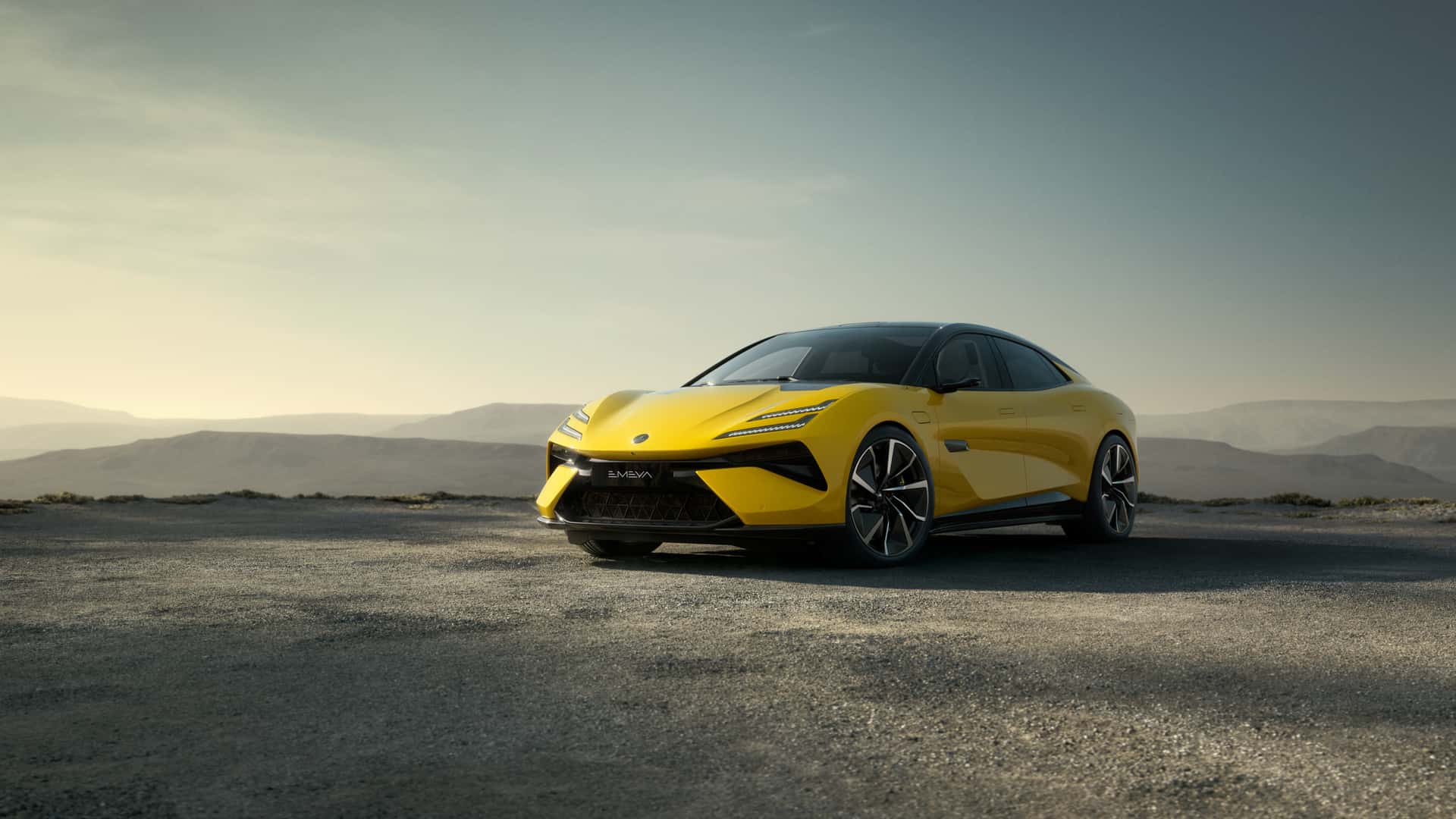
Ken Choo, CEO H.R. Owen, menyatakan keghairahan untuk kerjasama ini, sejajar dengan visi Pengasas Kumpulan Berjaya, Vincent Tan, untuk berkongsi dengan jenama-jenama yang menentukan semula kemewahan dan prestasi. Choo menekankan komitmen Lotus terhadap inovasi, terutamanya dengan pengenalan model elektrik seperti Emeya, yang sejajar dengan visi H.R. Owen.
Mike Johnstone, Ketua Pegawai Komersial Lotus, menekankan kepentingan strategik kerjasama dengan H.R. Owen, merujuk kepada reputasi global kumpulan pengedar dan pangkalan pelanggan. Lokasi Hatfield dipilih khusus kerana kebolehcapaian yang mudah di utara London, dengan matlamat untuk secara ketara meningkatkan keterlihatan jenama di selatan-timur England.
Reputasi H.R. Owen untuk keunggulan diperkuat oleh pengiktirafan pengedarannya, Rolls-Royce Motor Cars London dan Lamborghini Manchester, yang keduanya dinamakan yang terbaik di dunia oleh pengeluar masing-masing tahun lalu. Anugerah ini lebih mengukuhkan komitmen H.R. Owen untuk memberikan kemewahan dan perkhidmatan tanpa tanding dalam sektor runcit automotif.

